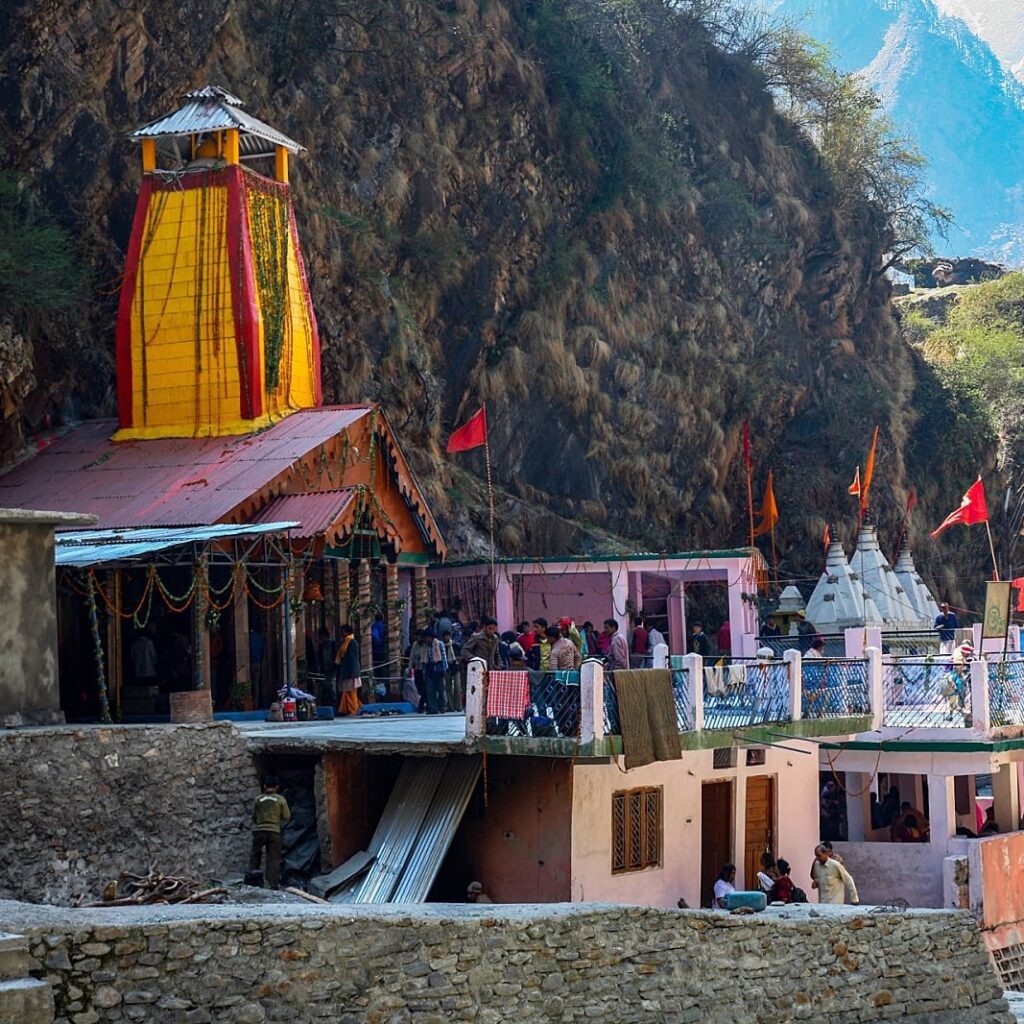
Yamunotri: A Sacred and Scenic Gem
Nestled in the heart of the Garhwal Himalayas in Uttarkashi district of Uttarakhand, India, Yamunotri is one of the four sacred shrines of the Char Dham Yatra, a pilgrimage that holds immense significance in Hinduism. Dedicated to the goddess Yamuna, the temple is perched at an elevation of 3,293 meters (10,804 feet) above sea level, near the source of the Yamuna River. Yamunotri offers not only spiritual solace but also breathtaking natural beauty, attracting both pilgrims and tourists alike.
Historical and Mythological Significance
Yamunotri’s history and mythology are deeply intertwined. According to Hindu belief, the Yamuna is the sister of Yama, the god of death. Bathing in the waters of the Yamuna is believed to cleanse one of sins and protect from untimely death. This belief adds a profound layer of reverence to the pilgrimage.
The temple of Yamunotri was originally built by Maharaja Pratap Shah of Tehri Garhwal. Over the years, it has undergone several renovations due to damage from natural calamities. The present temple is a modern structure but continues to hold ancient spiritual significance.
Geographical and Natural Beauty
Yamunotri is situated in a region known for its rugged terrain, lush greenery, and cascading waterfalls. The journey to Yamunotri itself is a testament to nature’s splendor. Pilgrims usually start from the town of Hanuman Chatti, proceeding to Janki Chatti, which serves as the base for the final 6-kilometer trek to Yamunotri. This path, flanked by dense forests and picturesque landscapes, provides a serene yet challenging route for devotees.
The thermal springs of Yamunotri, especially the Surya Kund, are another highlight. Surya Kund, named after the Sun God (Surya), father of Yamuna, is a hot water spring where pilgrims cook rice and potatoes to offer at the temple. The nearby Divya Shila is a rock pillar worshipped before entering the temple.
The Yamuna River
The Yamuna River is the lifeline of this region. Originating from the Champasar Glacier, near the temple, the river is considered one of the most sacred in India. The icy waters of the Yamuna offer a stark contrast to the boiling hot springs nearby, symbolizing the coexistence of opposites in nature. The river’s pristine and swift-flowing waters are a sight to behold, carving through the mountainous terrain before descending to the plains.
The Yamunotri Temple
The Yamunotri Temple is a modest structure made of granite stones, with a black marble idol of the goddess Yamuna enshrined within. The idol, adorned with garlands and finery, is a captivating sight for devotees. The temple remains open from the Akshaya Tritiya festival in May until the Yama Dwitiya, or Bhai Dooj, in November, after which it remains closed for the harsh winter months.